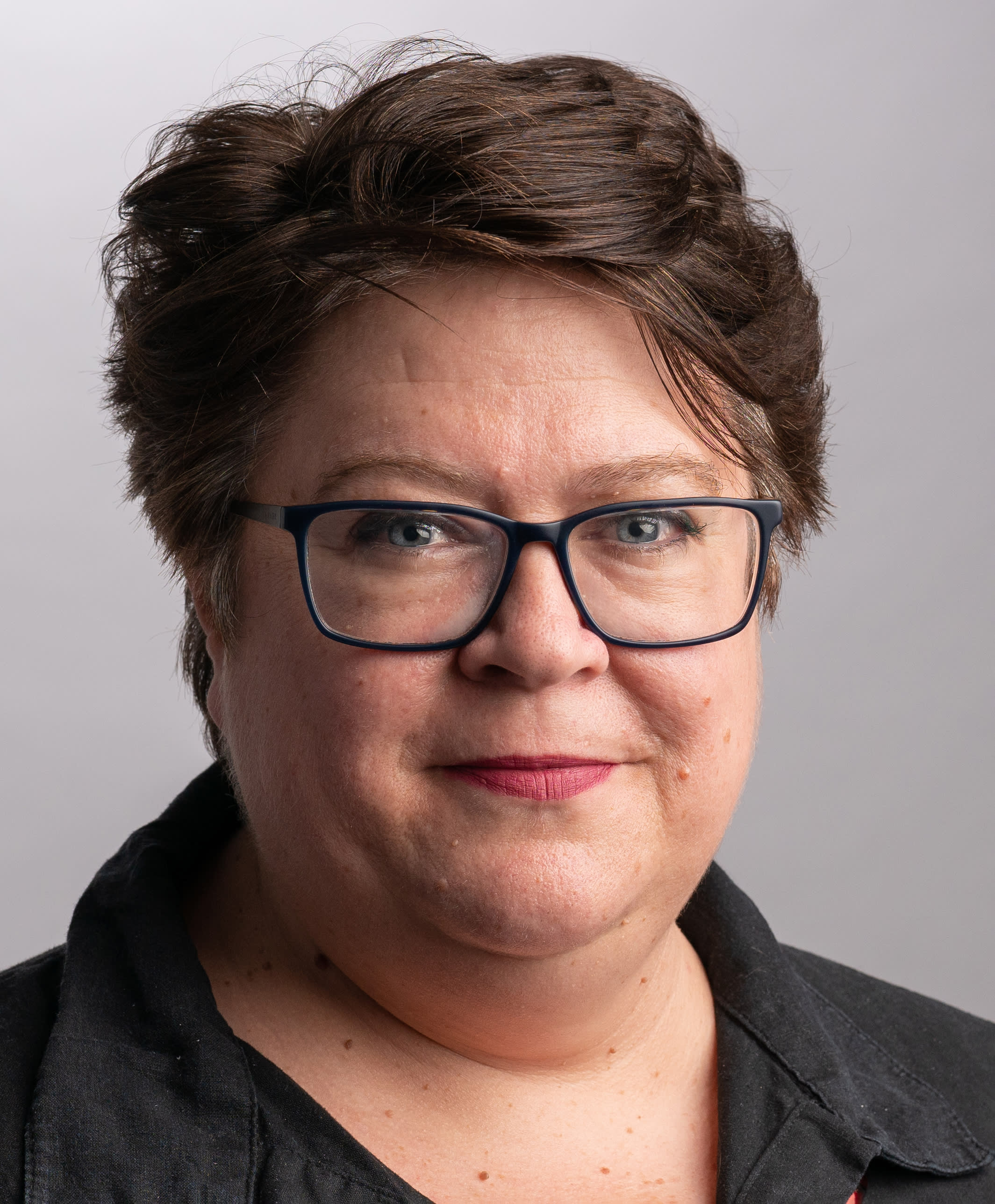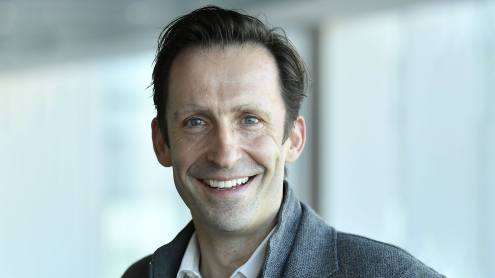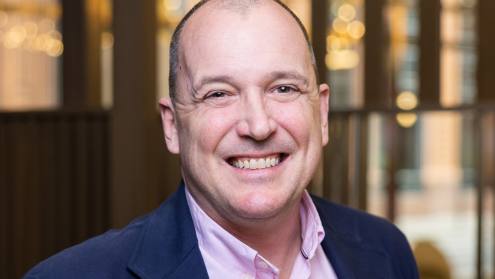When Banco Santander decided to embark on a multi-year project to completely migrate its global core banking system from mainframes to a cloud infrastructure, global chief information officer David Chaos says his team knew they needed to “eat the frog” first, which means to tackle the most difficult jobs first.
The role of amphibian feasts in banking innovation aside, the project would eventually see the bank develop its own in-house software to support the mainframe migration, a project that was so successful Google Cloud now uses the proprietary software as the base of its own legacy migration service.
The project began before the start of the Covid-19 pandemic by surveying the banks’ global CEOs. Many of Santander’s CEOs felt it was a must for them to increase the pace of innovation, including the mainframe-based core banking systems, according to Mr Chaos.
Career history: David Chaos
2017 Banco Santander, global chief information officer
2015 Banco Santander, CEO, Produban
2014 Santander Bank North America, technology and operations managing director
2005 Banco Santander, IT managing director, Produban
After a search to see if the bank could find a solution to its legacy core banking system modernisation challenge yielded more proposals from consultants than solutions, Mr Chaos’s team decided to “grab the bull by the horns” and modernise their core banking infrastructure themselves.
“That was a bold statement and a bold decision we took,” he adds.
Gravity’s pull
The work resulted in what the bank calls Gravity, a bespoke innovative software, developed in-house, to enable the transition of core banking to the cloud. This software plays an essential role in modernising the core banking platform. The bank now claims to be one of the first major banks in the world to digitalise its core banking and has already made significant progress, with 90% of its IT infrastructure already on the cloud platform.
According to Santander, the transformation will allow easier and faster access to data, greater simplicity and shorter time to market, making it possible to deliver new capabilities in hours instead of days. It will enable more frequent app updates, while helping the bank drive value using real-time analytics, and provide better products and services. This change will also reduce the cost of running the core banking platform.
Mr Chaos’s team held a contest to find a name for the in-house software and, despite this being a cloud migration project, ‘Gravity’ was the winner.
“Where the data sits is so powerful that it has a lot of gravity,” he says. With the old mainframe system, data was held in the back end and had to be accessed by going into a transaction, says Mr Chaos. “But that’s not how data is treated anymore,” he adds. “In essence, we said: ‘Let’s move the centre of gravity from the back to the front’,” making it “much much easier to access data for all sorts of reasons”.
Most of this project happened during the lockdown periods of the pandemic. While Mr Chaos describes that period as “the worst time ever”, his team took advantage of virtual meeting rooms to “make some noise” and continue the work of moving their core banking system to the cloud. “Despite the inconvenience of the lockdown, we did it and there were things out of it that worked quite well,” he adds.
Cloud renewal
While around 90% of the bank migrated to the cloud infrastructure, Mr Chaos expects the entirety of Santander, including its operations in Chile, Brazil and Argentina, and elsewhere in Europe and the Americas, to be working on a cloud by between 2024 and 2025.
if you [migrate data] in the UK at the UK regulatory standards level, [you can] do it everywhere
Migration from a mainframe architecture to the cloud involves shutting down access to the legacy systems which support the banks’ retail, wholesale and investment banking operations. That procedure attracts the attention of regulators. Because of this, Santander started the migration projects in the UK because “it is a country with one of the highest regulatory standards in the world”, he says.
According to Mr Chaos, he was advised to start migration in a different country with a less strict regulator. However, his feeling was that his team should start with the toughest job.
“With all due respect, I felt like we ate that frog,” he adds. “I’m very happy that we took that decision because if you do it at the UK regulatory standards level, you can do it everywhere.”
On the day of migration, the Gravity software becomes the master of the bank’s core system, while the mainframe is left to run in parallel. According to Mr Chaos, there was a clear regulatory expectation to leave the mainframe operating for several weeks. Santander also had to show the UK regulator that it could ‘roll back’ if issues arose post-migration day.
The Santander cloud migration has been warmly received inside the bank. According to Mr Chaos, many teams feel a renewed sense of mission.
“I get emails and calls from people saying ‘thank you for bringing this’, because we developed this piece of software 20 years ago and now it’s a pleasure for me now to go and take it to the cloud,” he adds.
Because of the success of this project, Santander started working with Google Cloud, which launched Dual Run, a mainframe migration service built on top of Gravity. Google plans to support other companies across multiple industries to simplify their transition from legacy mainframe systems to the cloud.








